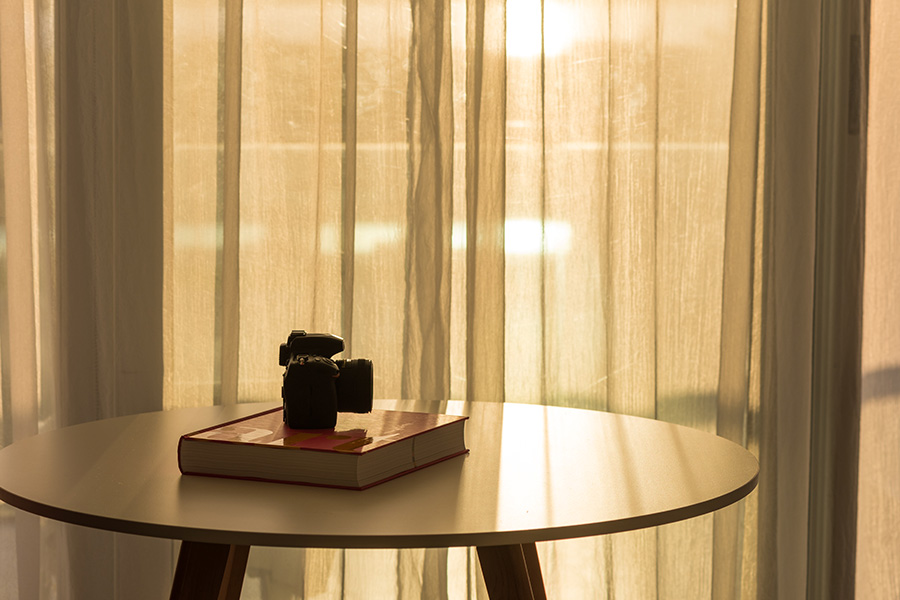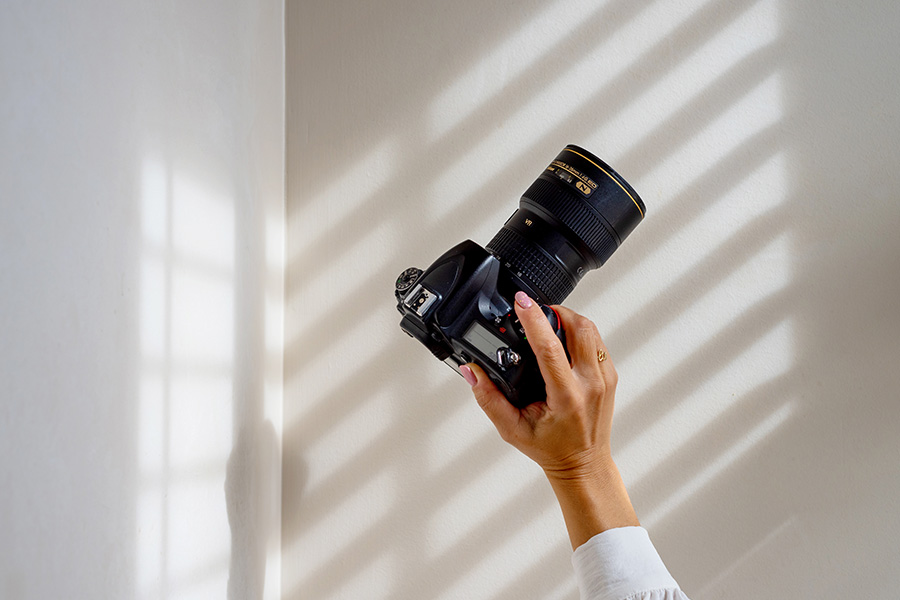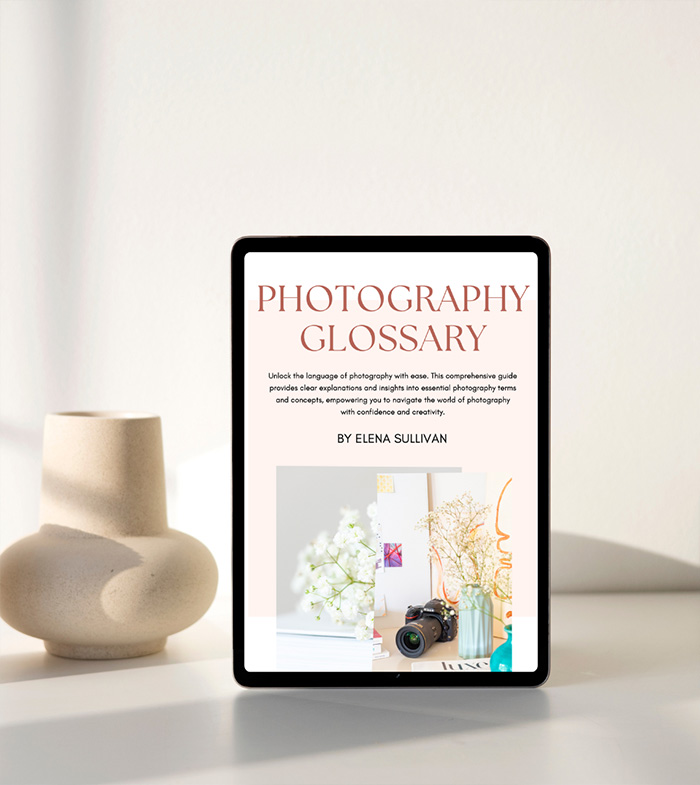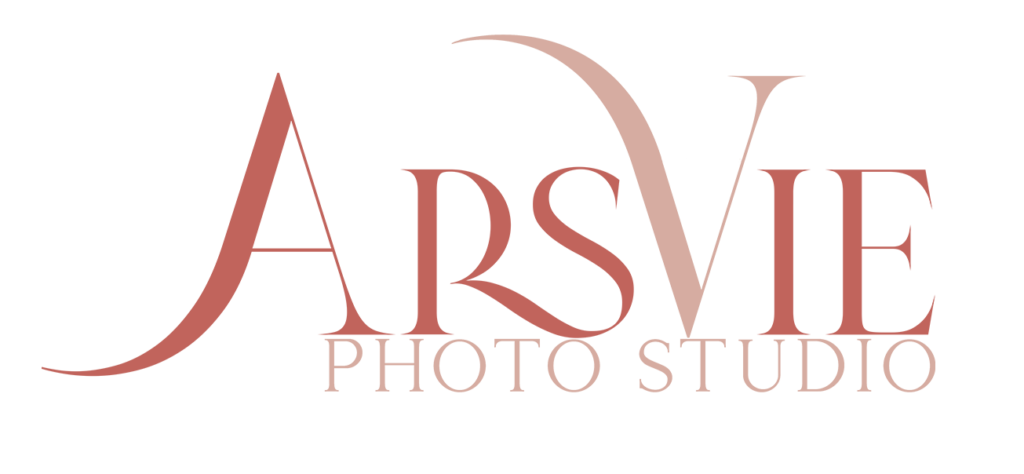What is the best dslr camera for beginners to buy?
Many amateur photographers wonder about the best DSLR camera to buy when upgrading from a basic DSLR to a more professional model. Nowadays, the camera market is saturated with options. Manufacturers constantly push out advanced camera models, making it more difficult for consumers to choose. This amplifies the competition, driving people to research and compare extensively to find the perfect fit.
When you ask a salesperson at a store like BestBuy which digital camera to buy for beginners, they’ll likely give you their answer based on personal preferences, ongoing promotions, and special prices set by managers and suppliers. It’s common knowledge that people’s opinions can be subjective, even in sales situations. To get an objective view of the best DSLR cameras for beginners, it’s important to conduct thorough research, comparing features, functions, and the quality of final photos. Online photo forums can be helpful resources for this purpose. Before making a purchase, it’s important to thoroughly research the market to determine which digital camera and brand best suit your preferences and needs.

When deciding on a camera, looking at the manufacturers behind them is necessary. Many camera companies have a long history in the market, proving themselves as trustworthy creators of DSLR cameras. Here are some of the major players in the global DSLR camera manufacturing scene:
- Nikon
- Canon
- Sony
- Fujifilm
- Leica
- Hasselblad
- Lumix (Panasonic)
- Pentax
Every camera company has its own story and a loyal following. I’m a big fan of Nikon. My love for this brand goes way back to 2004 when I got my hands on a compact Nikon camera. It was perfect for my needs, sliding smoothly into my handbag and always ready to capture life’s moments. With just a quick motion, that camera was ready to go, storing all the emotions and vibrant colors of the world around me on its memory card.

Top dslr DSLR camera brands for beginners.
Nikon
Nikon, a company originating from Japan, started in 1917. Initially, they were all about making optical instruments for the Japanese Navy. But by 1932, they had expanded into producing binoculars, lenses, and periscopes. After World War II, in 1945, one of Nikon’s factories shifted gears to produce civilian goods, and the following year, they introduced their first 35 mm camera. Fast forward to 2016, and Nikon had already made an impressive 100 million Nikkor photographic lenses, showcasing their expertise in optics and camera-making.
Canon
Canon, a company based in Japan, began its journey in 1933 when two entrepreneurs aimed to create a Japanese 35 mm camera that could rival the quality of German cameras, considered the best at the time. After several years of hard work, in early 1936, the company unveiled its first camera, the Hansa Canon, featuring a photographic lens from Nippon Kogaku, now known as Nikon. Interestingly, the company only produced ten cameras per month in the early years. However, significant investments were later secured to fuel the company’s development and growth. Today, Canon manufactures cameras and produces office and industrial equipment under its brand.
Sony
Sony, headquartered in Japan, was established in 1946, but it wasn’t until 2010 that it began producing cameras under the Sony Alpha brand. Today, Sony offers a wide range of photographic lenses, from telephoto to macro and multi-format cameras.
Fujifilm
Fujifilm, also from Japan, was founded in 1934 with a focus on producing photographic film. Over time, it has expanded its offerings to include cameras, films, and photo labs alongside its core business of film production.
Leica
Leica, a German company, made history in 1925 by releasing the Leica 1 camera, the first mass-produced small-format camera. Then, in 1932, they introduced the world’s first small-format rangefinder camera. These groundbreaking cameras marked the dawn of a new era in photography. Thanks to their user-friendly design and compact size, Leica cameras revolutionized photography, allowing photographers to capture shots from previously impossible angles. They quickly gained popularity, especially in the field of photojournalism.
Lumix
Lumix, a brand owned by Panasonic and based in Japan, was established in 2000. Following an agreement between Matsushita Electric (Panasonic’s parent company) and the German company Leica, cameras under the Lumix brand were created. Today, the Lumix camera line includes small-format cameras and SLR cameras.
Pentax
Pentax, a Japanese company, was established in 1919 and initially focused on producing lenses for eyeglasses. However, since 1938, they have expanded their product line to include photographic lenses and cameras. According to various estimates, by 2010, Pentax cameras were ranked tenth among photographic equipment manufacturing companies.
Hassseblad
Hasselblad, a Swedish company founded in 1841, specializes in medium-format cameras and photographic equipment. The founder’s son, who had a keen interest in photography, established the company’s photo department, leading to the development and production of numerous cameras. Hasselblad cameras gained significant popularity among professional photographers, especially after being used in NASA space flights.

What DSLR camera is better to buy?
The decision on which digital camera to buy ultimately belongs to you. Personally, I’ve always opted for Nikon due to its outstanding camera quality and remarkable color reproduction, capturing all the nuances of light perfectly. After an unfortunate incident where I lost my first compact Nikon camera, I briefly tried a Canon DSLR camera (semi-professional) but couldn’t get accustomed to it. The main reason for my disapproval was its dull color rendering. Having experienced Nikon cameras vibrant and contrasting color reproduction, I found it hard to settle for anything else. I tend to place more trust in a company like Nikon, dedicated solely to manufacturing and refining photographic equipment throughout its existence, rather than diverting its focus to other products like printers/scanners (as Canon does) or televisions (as Sony does).

What should you look for when buying a camera?
Buying the best DSLR camera for beginners nowadays is much easier than 10-20 years ago. I strongly recommend studying and comparing camera specifications and checking out examples of photos taken with them before making a purchase. If possible, visit a store to hold the camera you’re interested in, take test shots, and assess how comfortable the button placement and menu functions are. These steps will help you find the perfect camera for you with ease.
When buying a digital camera, there are several key factors to consider:
- Purpose: Determine what you’ll primarily use the camera for (e.g., everyday photography, professional work, travel, sports, etc.).
- Type of Camera: Decide between a DSLR, mirrorless, compact, or action camera based on your needs and preferences.
- Image Quality: Consider the resolution (megapixels), camera sensor size, ISO range for capturing high-quality images.
- Lens Compatibility: If you’re buying a camera with interchangeable lenses, check the availability and variety of lenses compatible with the camera mount.
- Features and Functions: Look for features such as autofocus speed, continuous shooting mode, image stabilization, and video recording capabilities.
- User Interface: Ensure the camera’s menu system and controls are intuitive and easy to navigate.
- Size and Weight: Consider the camera’s portability, especially if you’ll be traveling frequently with it.
- Budget: Set a budget and compare cameras within your price range, considering the initial cost and any additional accessories you may need.
- Brand Reputation: Research the reputation and reliability of different camera brands, considering factors like customer service and warranty options.
For me, Nikon is the top brand for cameras. You can find example of numerous photos taken with Nikon cameras and lenses on my first website, including underwater category and the current website on the portfolio page.
Best DSLR cameras in 2024
- Canon EOS Rebel T7
- Nikon D850
- Nikon D7500
- Canon EOS 5D Mark IV
- Canon EOS 90D
- Nikon D7500
- Canon EOS Rebel SL3
- Canon EOS Rebel T100
- Canon EOS-1D X Mark II
- Pentax K-1 Mark II
- Sony α7 IV
- Sony ZV-E10
- Pentax KF DSLRPentax K-1 Mark II
Stay inspired,
Elena Sullivan
Discover the perfect tool to start your photography journey! My beginner-friendly glossary is tailored just for you, packed with essential terms to simplify your learning process. Whether you’re just starting or looking to brush up on the basics, this glossary has everything you need to dive into the world of photography with confidence.

Sharing is caring
Elena
Hi, there! I'm Elena Sullivan! The founder of the ArsVie photo studio, trilingual photographer, online educator, woman in business cheerleader. Capturing life's moments with authenticity and elegance to inspire others. Passionate about helping businesses convey their message through compelling imagery.




















